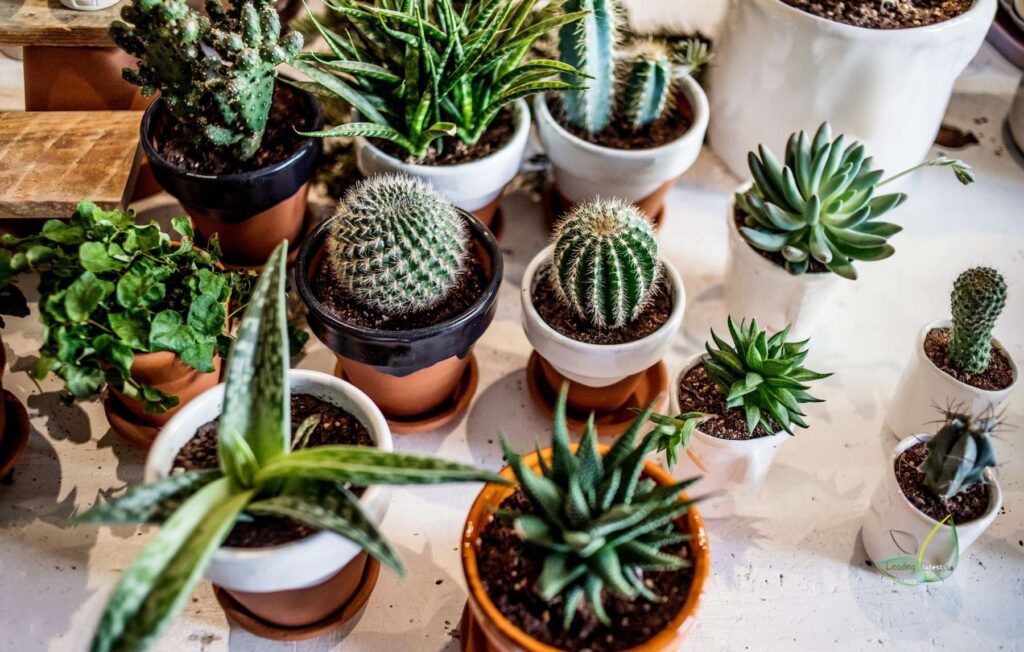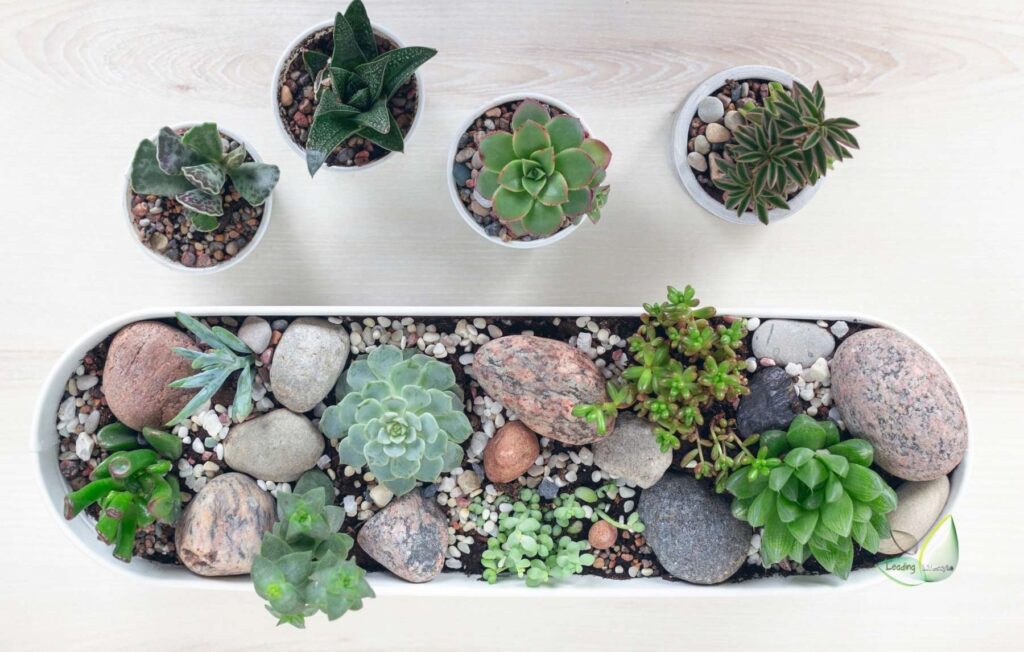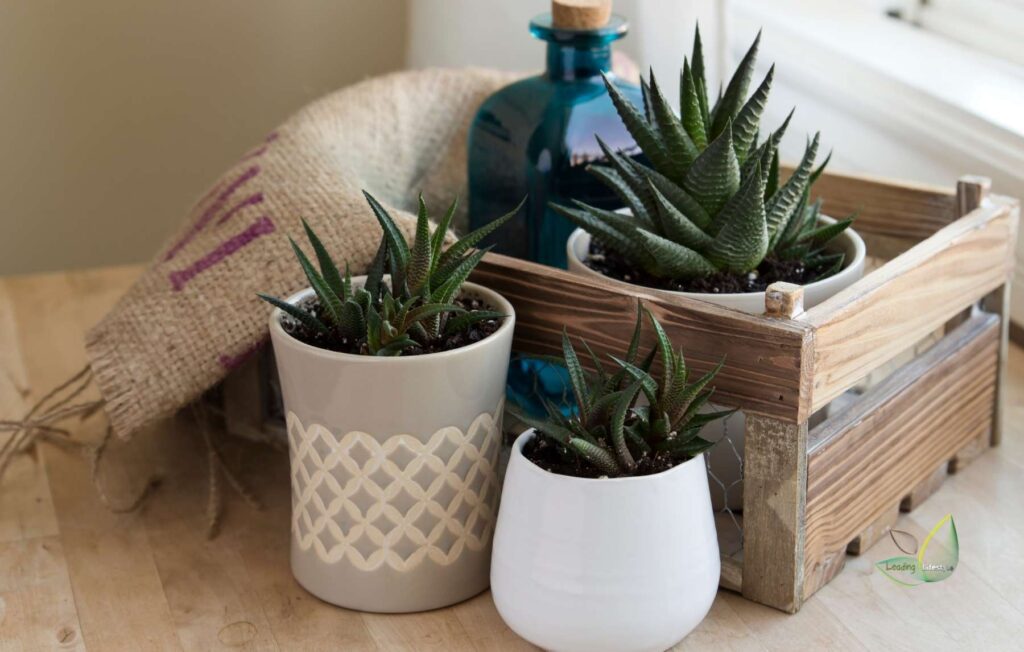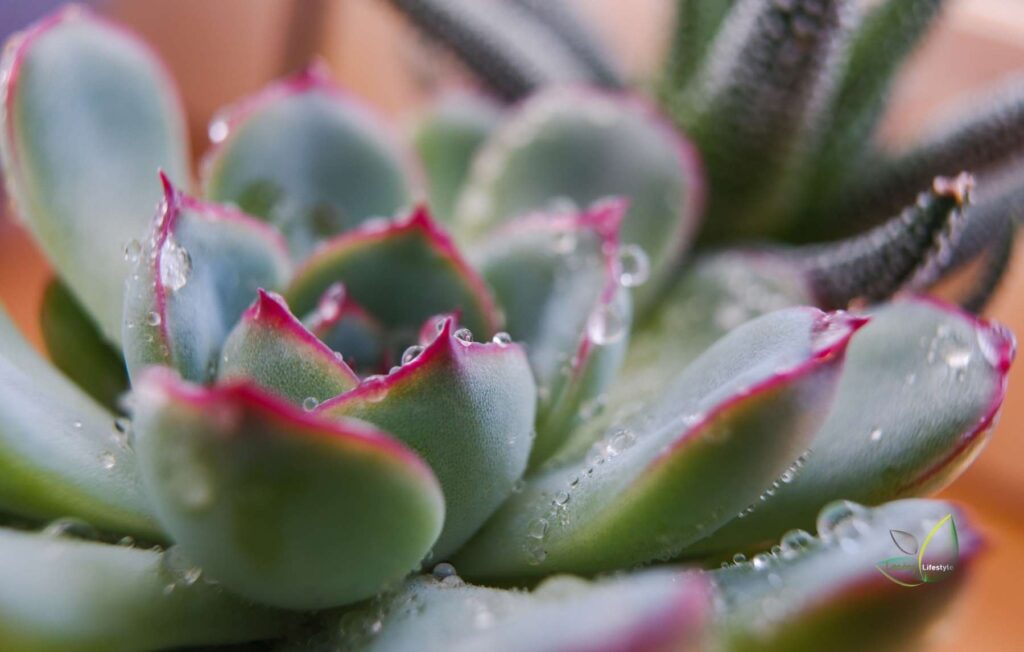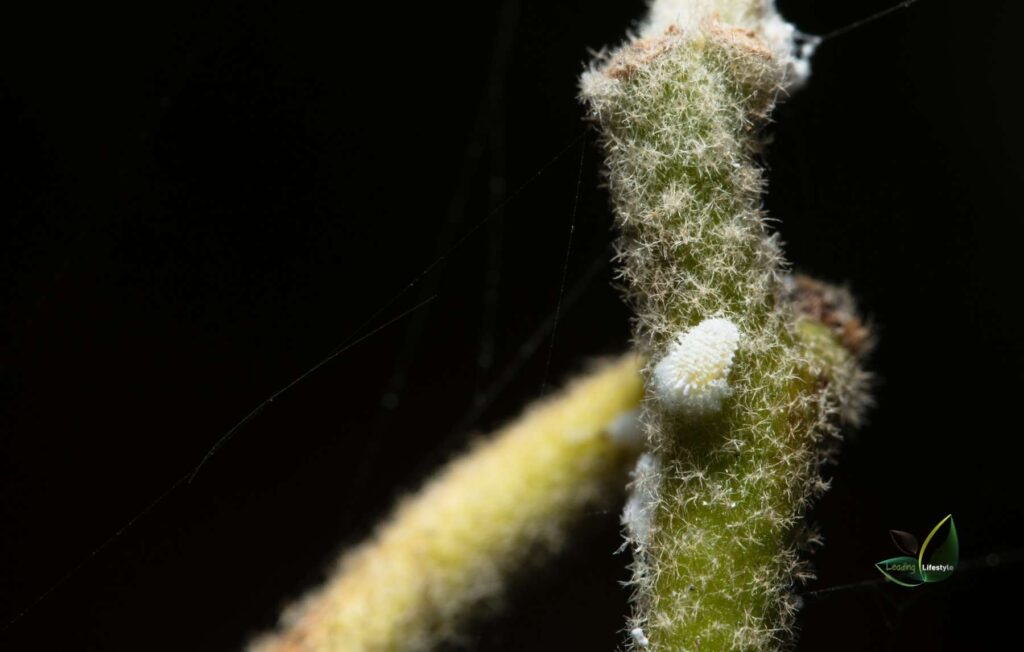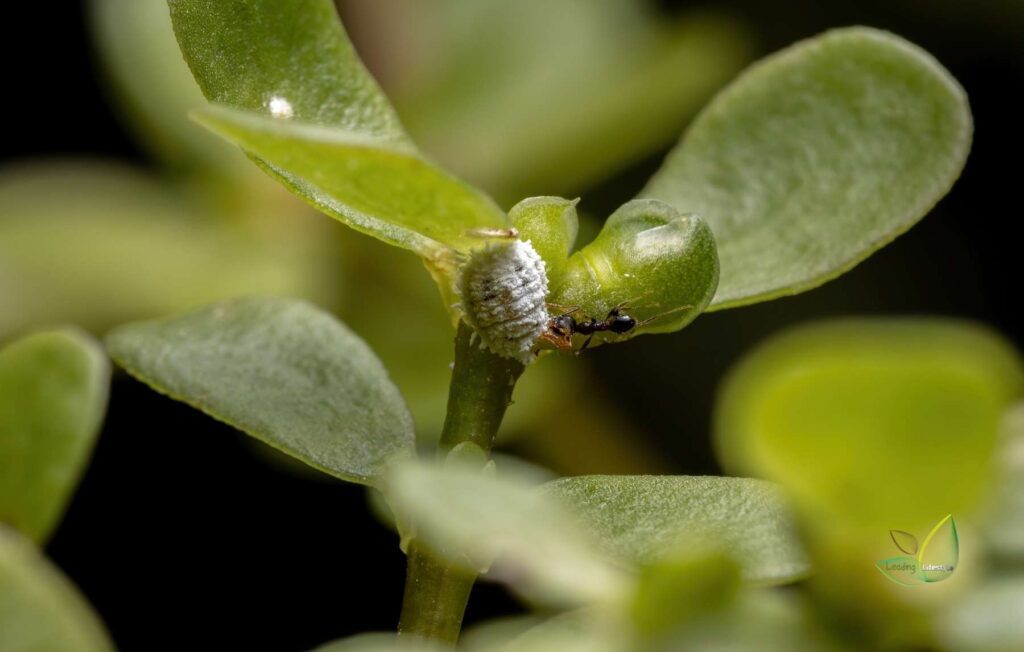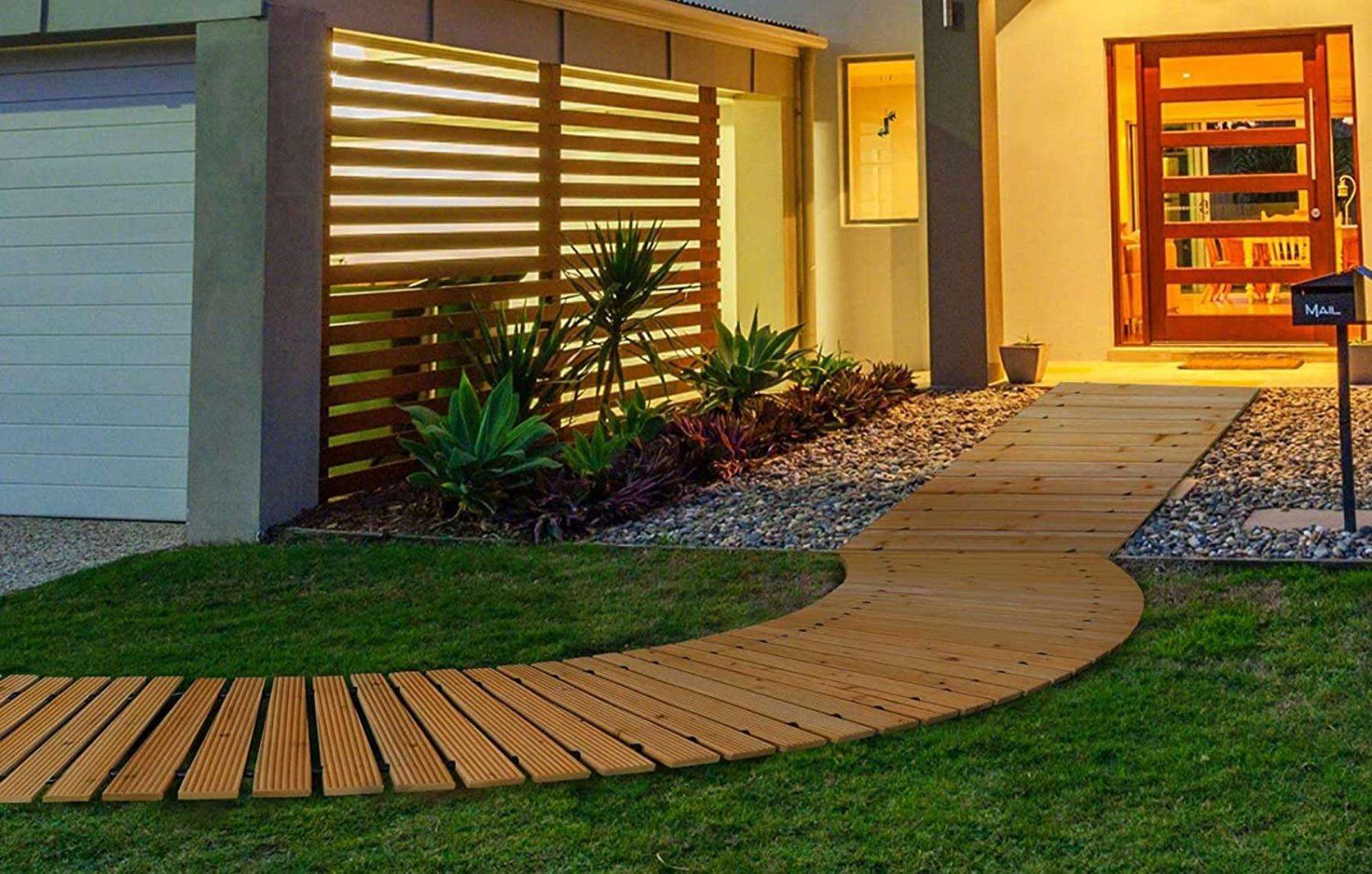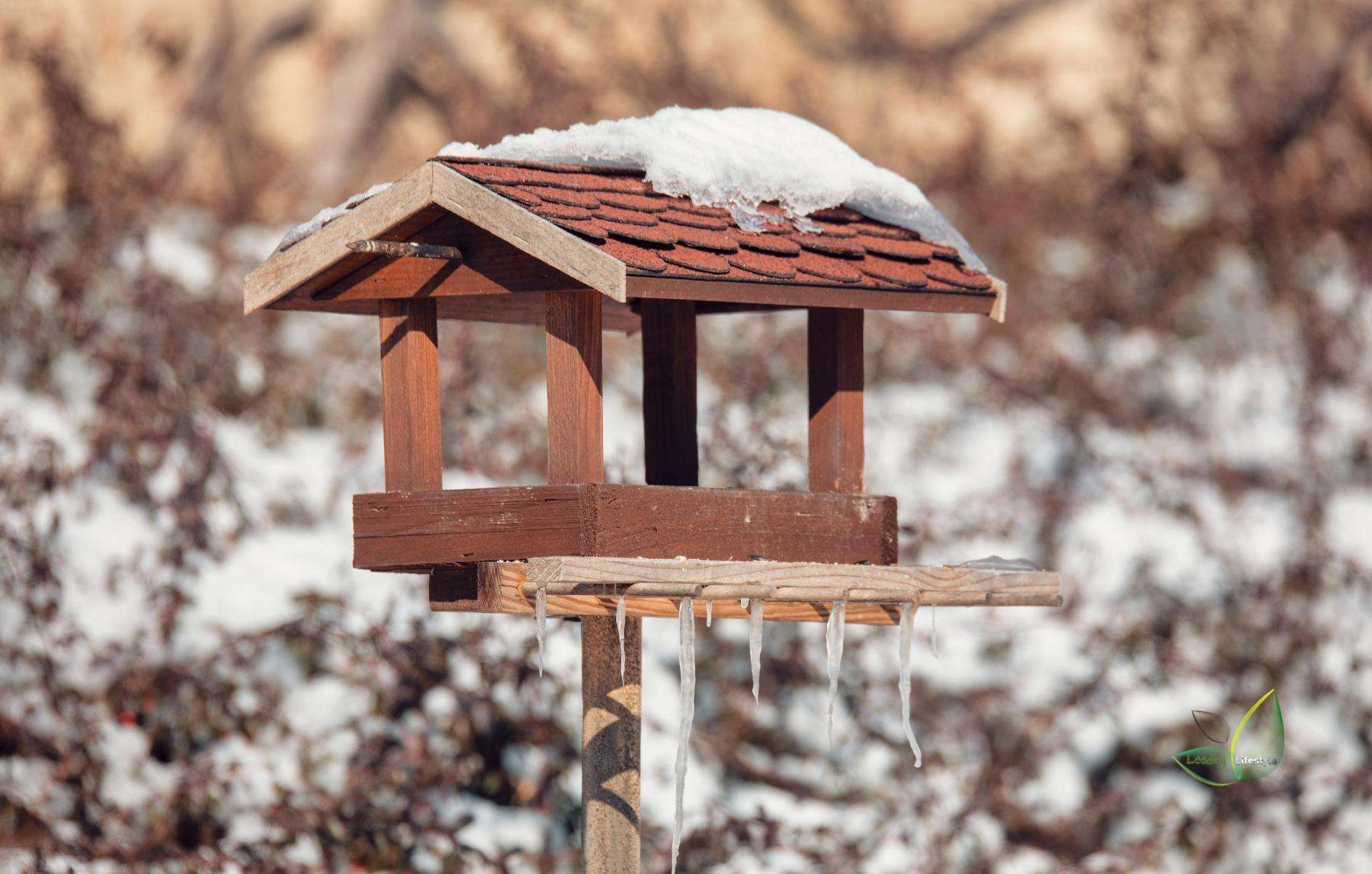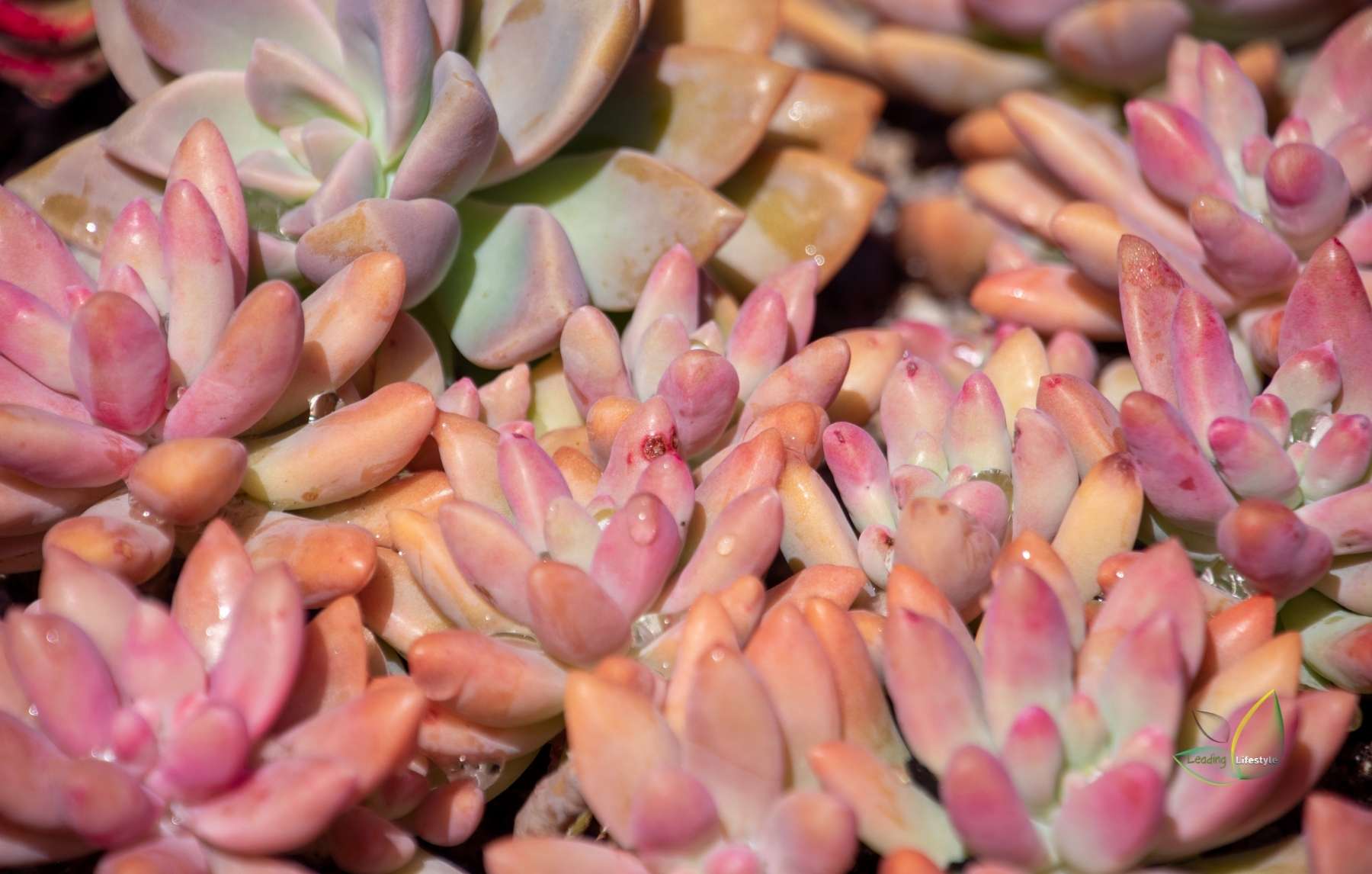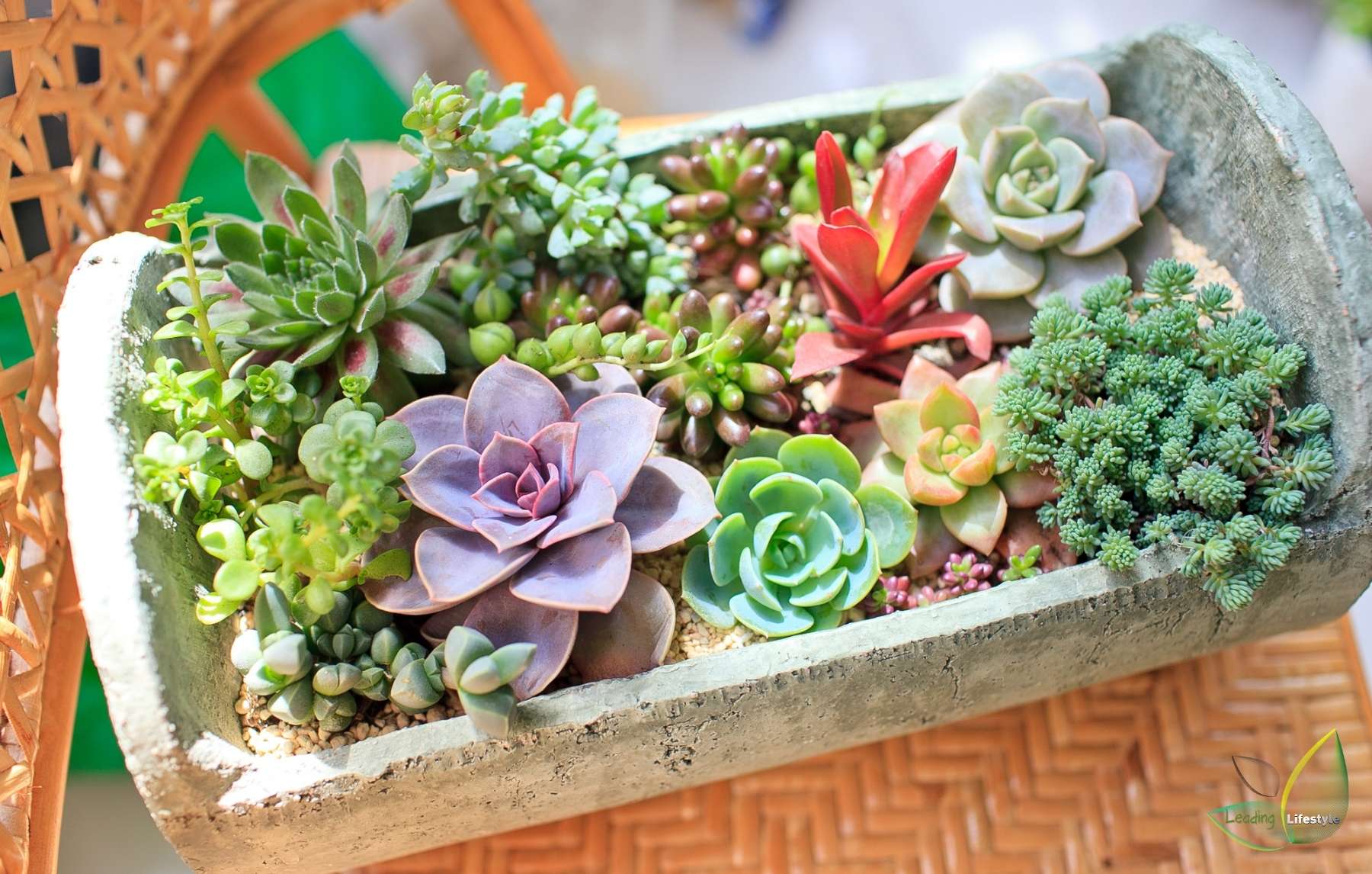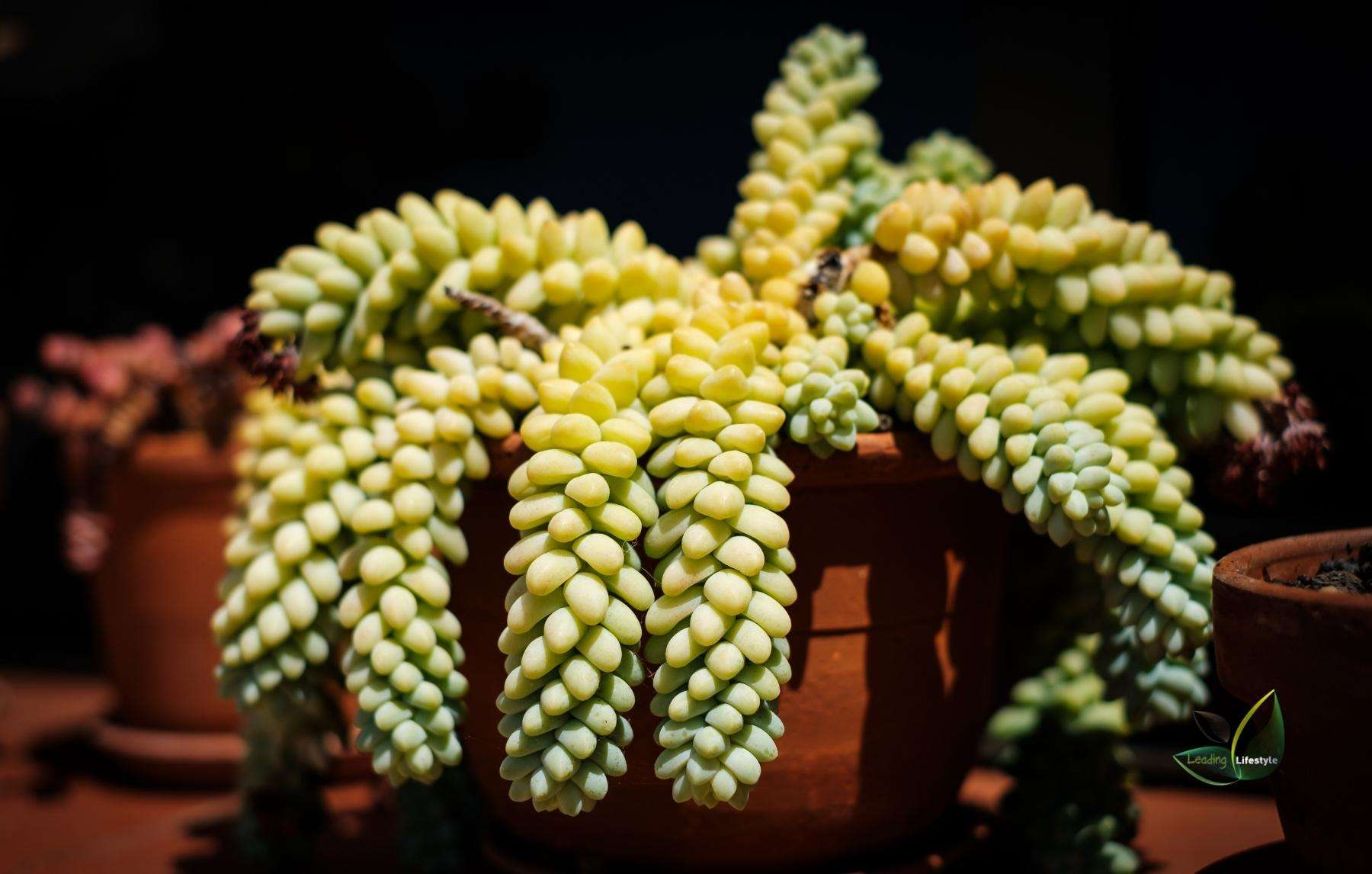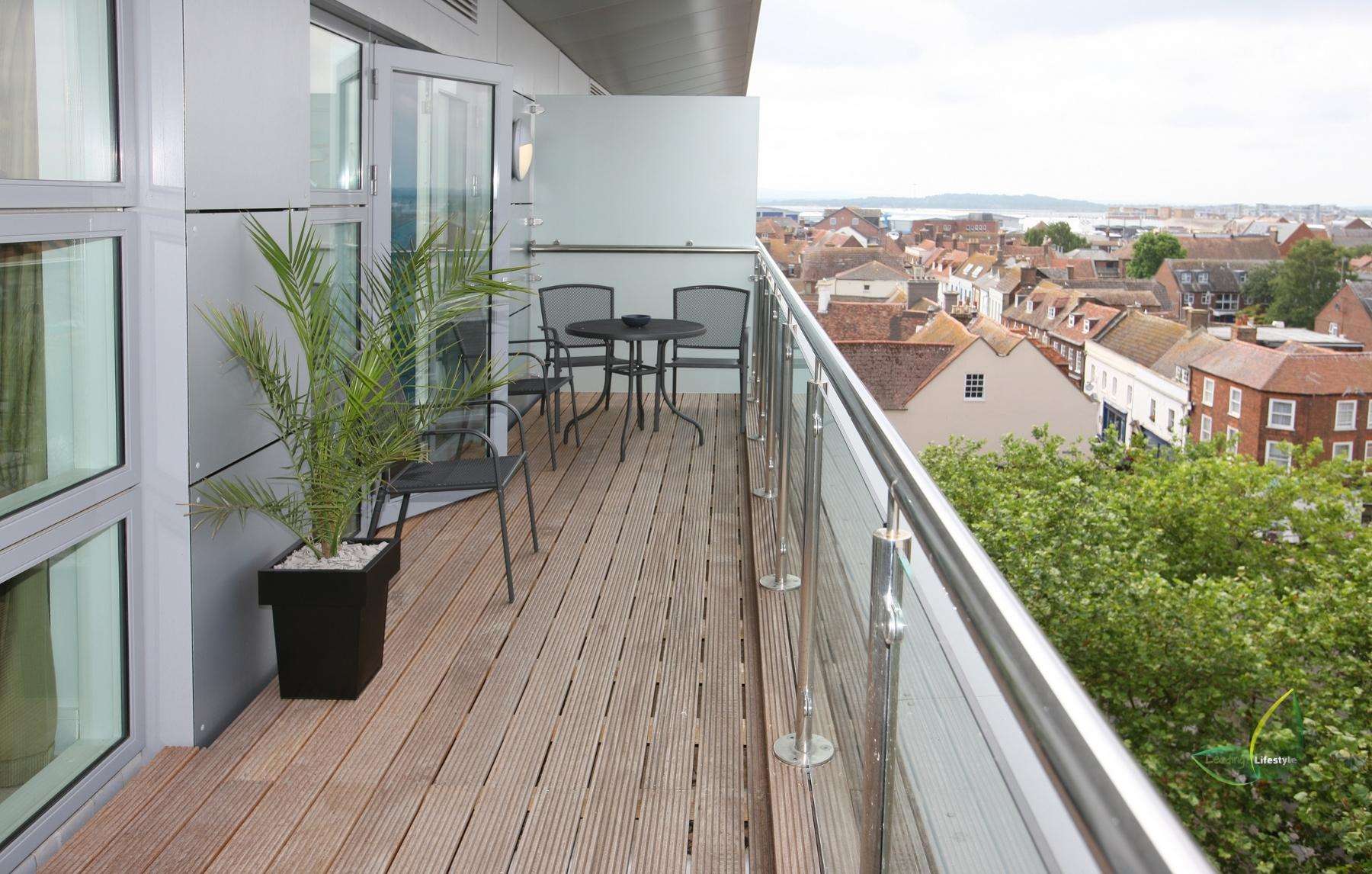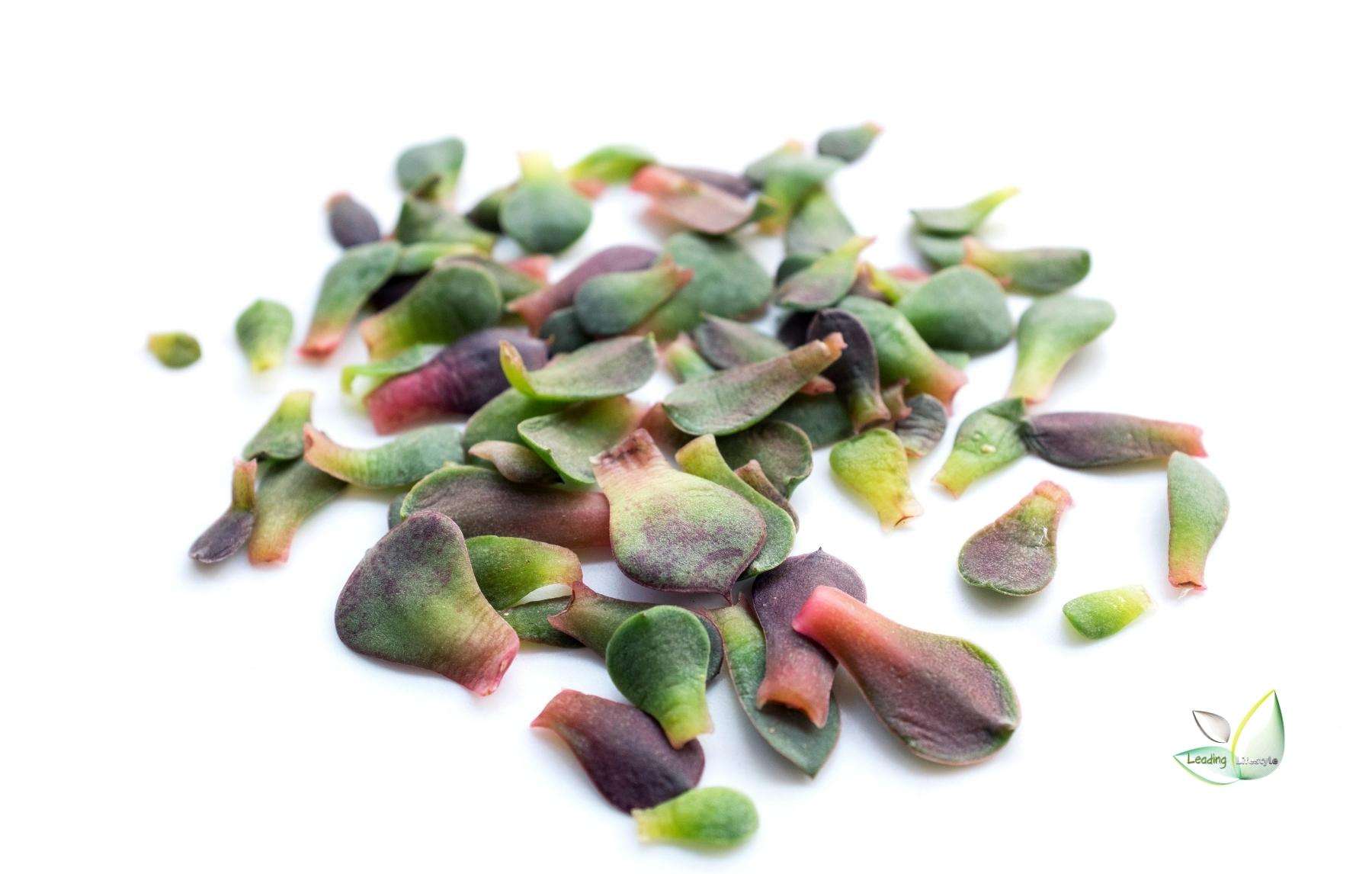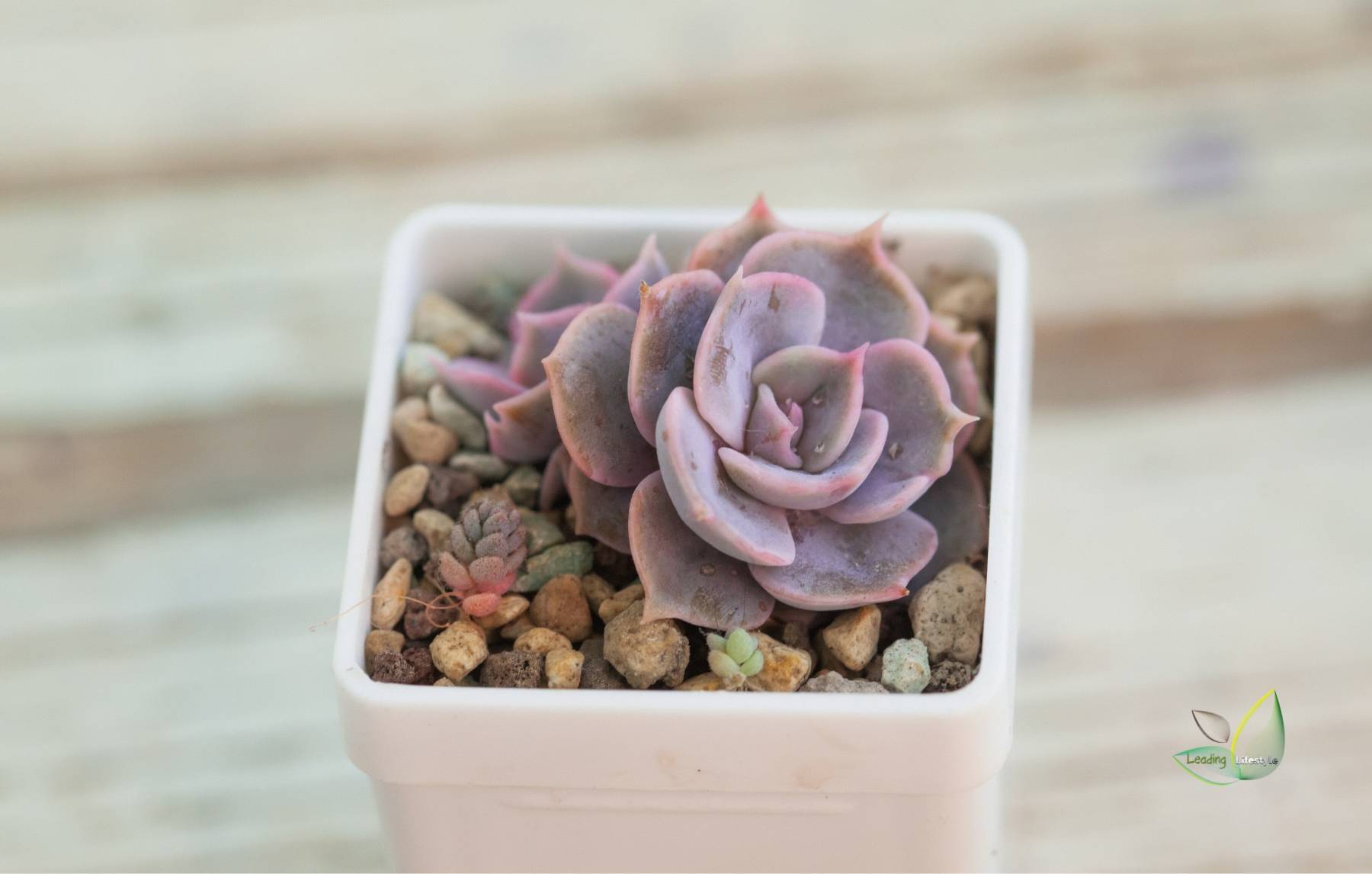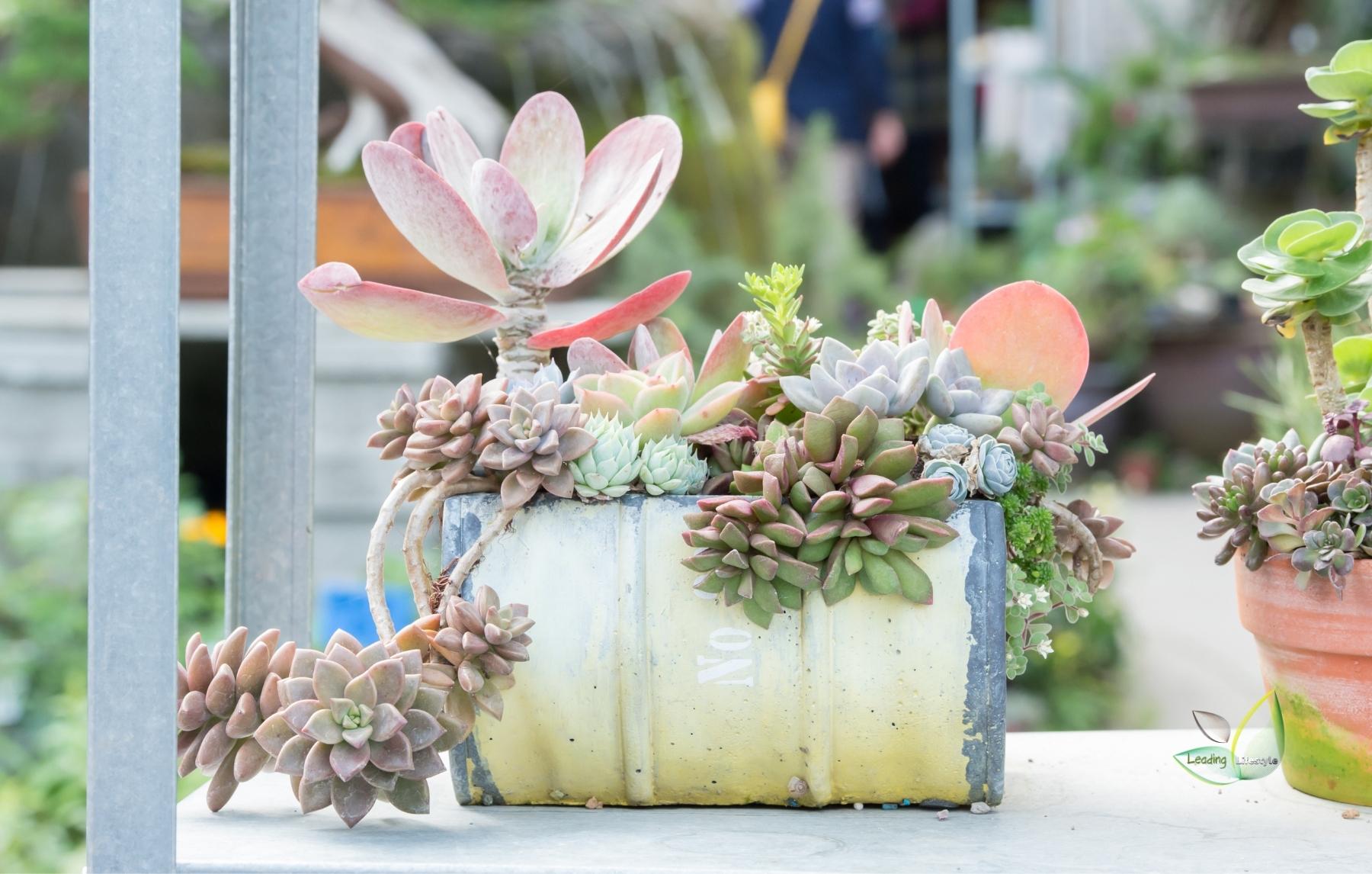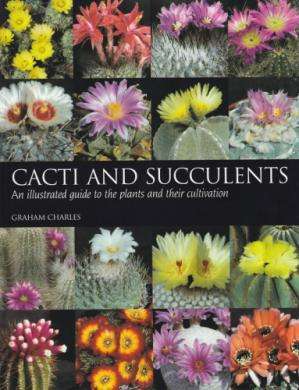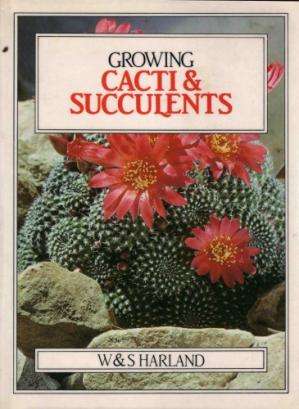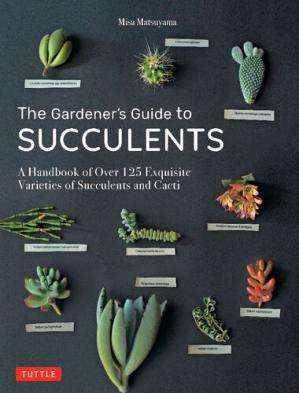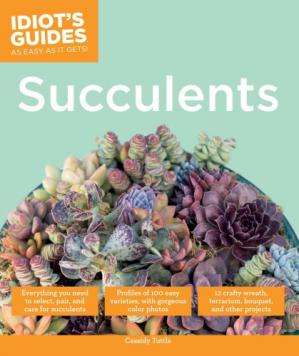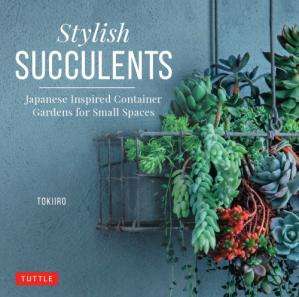Finding the Best Indoor Succulents can be challenging. However, if you follow these simple recommendations, you will better care for your indoor succulent collection.
Succulents, as adorable as they are, are not always the best indoor house plants.
But that doesn’t mean you shouldn’t try to grow them!
This article will show you how to grow beautiful, healthy indoor succulents.

What Are Succulents?
Succulents are water-storing plants with fleshy leaves, thickened leaves, and swollen stems. Succulent” comes from the Latin word ‘sucus,’ which means “juice or sap.” Succulents can survive on scarce water resources such as dew and mist, making them drought tolerant.
Succulents come in various species and cultivars that span several plant families, but most people associate succulents with the Cactaceae, or cactus family. (However, please remember that while all cacti are succulents, not all succulents are cacti.)
Best Indoor Succulents to buy
How to Grow Indoor Succulents
Succulents thrive in warm, arid places and don’t mind a little neglect due to their unique ability to hold water. As a result, they are ideally suited to indoor cultivation and make excellent low-maintenance houseplants. If you are selecting a succulent plant for the first time, follow these steps to ensure the success of your new plants.
Start with the right succulents
Most succulents prefer direct sunlight, but if you only have a shaded area in your home, choose low-light-tolerant plants like mother-in-law’s tongue. If you intend to grow your succulent in a hanging planter, a trailing variety, such as a string of bananas, is an excellent choice.
Not all succulents are suitable for indoor cultivation. Choosing succulents that prefer shade or low light rather than the full sun will make a significant difference in the success of your indoor succulent garden.
Brightly colored succulents, such as reds, purples, and oranges, do not generally thrive indoors. They require some direct sunlight as well as more light than is typically available indoors.
Naturally, green succulents are a good place to start. Haworthia and Gasteria varieties, such as the ones shown below, are excellent examples.
The short video below will give a brief overview of some of our preferred succulents for indoor growing!
Provide a very well-draining potting mix
Because nurseries always plant succulents in soil that is too rich and retains too much moisture, you should repot your succulent as soon as you bring it home. Begin with a coarse potting mix that has adequate drainage and aeration.
At the nursery, you can buy unique cactus and succulent mixes or use an African violet mix. To enhance drainage and protect compaction, add perlite or pumice to the cactus or African violet mix (up to 50% of the total potting mix, based on the moisture requirements of your specific succulent). To ensure that the mix is evenly saturated, always soak it before using it.
You can learn more about perfect succulent soil in this article.
Choose your container
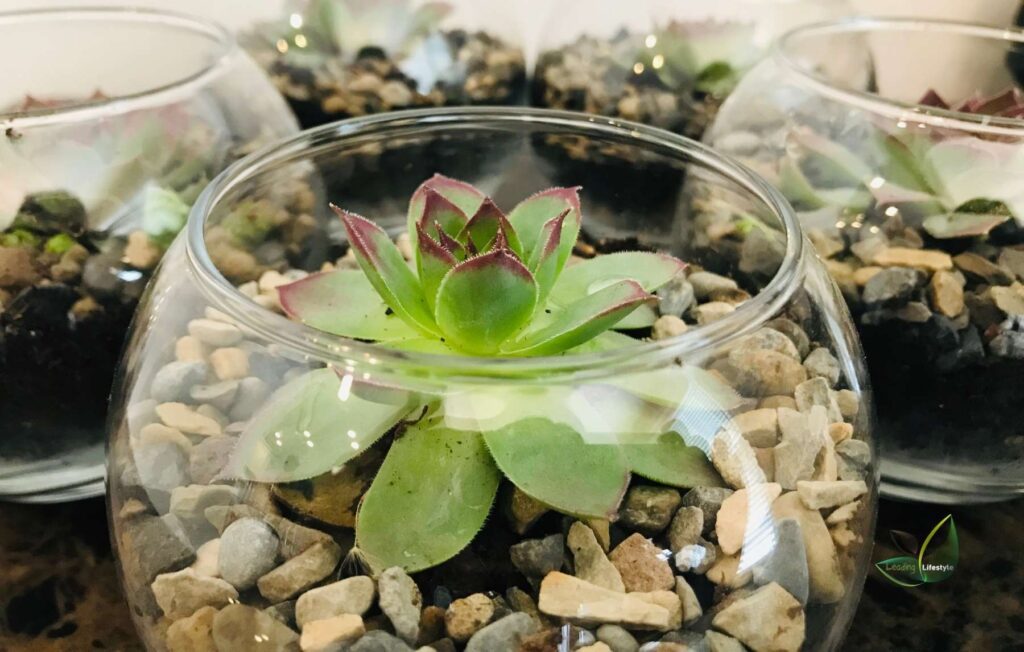
Glass containers aren’t usually a good long-term potting solution for succulents. They do not like sitting in wet soil, so a glass jar or terrarium that does not have a way for water to drain will not make your succulent happy.
Another disadvantage of glass containers is their inability to breathe. Succulents require adequate airflow to maintain healthy roots and, as a result, healthy stems and leaves.
Learn how to water succulents in non-draining containers if you have a favorite glass container and want to plant succulents in it.
If possible, avoid using glass unless you are very familiar with your succulent and are confident in your watering abilities.
Read to know What Are the Best Pots for Succulents.
Place the potted succulent in a sunny location.
When succulents are kept indoors, it can be difficult for them to have enough sunlight. Outdoors, on average, require 6 hours of bright, indirect sunlight per day.
Indoors, however, you should place your succulents near a window that receives direct sunlight throughout the day. Put your succulents near your home or office’s brightest window or location if this isn’t possible.
Watch this video to learn more:
Water more, but less frequently
Watering is the most difficult issue that new succulent growers face when keeping their succulents alive indoors.
It’s a major event! Succulents require an unusually large amount of water to thrive. They do not, however, like to be watered as frequently as most indoor plants.
But we will not even go as far as to say succulents don’t require much water. And … here is the deal…
Succulents prefer to have their roots soaked in water, but they quickly dry out after the soil has dried out for a few days, water it again.
Succulents can survive for a while by lightly spraying them with water, but if you want them to thrive, you must use the “soak and dry” method.
It would be best if you did not water indoor succulents daily. That is the fastest way to kill them.
Also, keep in mind that succulents have a dormant period when they don’t require as much water. In general, this occurs during the cooler months of the year. They use less water because they aren’t actively growing.
Succulents are thought to be dying because their leaves are wilting and shriveling. Here’s a little secret: succulents’ lower leaves, like all plants, eventually shrivel up and die.
Only be concerned about dying leaves if your succulent’s newest or uppermost leaves are wilting. If it’s only the ones near the bottom of the stem (closest to the soil), don’t worry!
fertilized succulents at least once a year
Fertilizer is most beneficial to plants in the spring (when the days lengthen and new growth begins) and then again in the late summer. Use a water-soluble, all-purpose fertilizer (8-8-8 or 10-10-10) diluted to half the strength suggested on the package.
When succulents are semi-dormant in the winter, there is no need to fertilize them. They don’t require the nutrient supplement because they aren’t actively growing.
Bugs and Pests
Bugs are generally not a problem if you follow healthy practices such as indoor house plants (proper watering, well-draining soil, light, airflow, and so on).
However, if you happen to buy a plant that already has bugs, it can quickly become a major headache.
Gnats are a common bug that new growers encounter. In general, gnats will only appear if your soil remains wet for an extended period. In most cases, you can avoid gnats by using a well-draining soil mix and allowing your soil to dry between waterings.
Mealybugs are another bug that appears all too frequently. They’re nasty little white guys who cling to your succulents for dear life.
Mealybugs in a succulent’s center:
If you find mealy bugs, spray them with isopropyl alcohol and pour the alcohol well over the soil to kill any eggs they may have laid.
Have Fun!
Growing succulents indoors has the advantage of looking good for several weeks, even if you are a “succulent killer.”
But, hopefully, you now feel more prepared to care for your succulents indoors! Make sure you don’t overstress yourself. After all, succulent gardening is meant to be enjoyable and therapeutic.
Check this video for a summary of some succulents that thrive indoors!
Succulent Care FAQ
Can you use sand to plant succulents?
Though succulents appear to thrive in the sand in the wild, they prefer loose, rocky soil and require nutrients to thrive. Sand tends to compact over time when used alone, resulting in excessive water retention in a container. A succulent's best potting medium is specifically formulated for cacti and succulents or a well-draining mixture of potting soil, coarse sand, and perlite/pumice.
Can you grow succulents from seeds?
Yes. Like other plant seeds, succulent seeds can be started indoors in light, moist soil, but they grow more slowly and typically don't reach transplant size until six months to a year after germinating.
Why are my succulent leaves falling off?
The lowest leaves on the stem (those closest to the potting mix) will eventually fade and drop, as with many plants. This is normal and not cause for concern. If the topmost leaves die, this could be due to overwatering, pests, or disease.
What should I do if one of my succulents dies?
It happens sometimes. It might just mean that the plant needs more sun exposure. Or maybe you damaged its roots during shipping. Try replanting the succulent plant into a fresh potting mix. You'll know within a few hours which way things go.
Is it okay to repot succulents every two years?
No. Repotting isn't necessary unless you notice signs of root rot or pest infestation. We recommend against frequent repots because succulents tend to lose their natural shape when transplanted. Overly vigorous growth results in a spindly appearance. Also, succulents often develop cracks at the joints where pots meet each other. Moisture can seep through these cracks, causing mold and mildew problems.
Do succulents like hot weather?
Most succulents enjoy temperatures around 70 degrees Fahrenheit. However, some species tolerate higher heat better than others. For example, aloes love warm climates while agaves appreciate cooler conditions.
Are succulents easy to maintain?
They certainly take less work than traditional potted flowers. But remember: succulents are living creatures, and they must receive proper nutrition and air circulation to survive. So keep up with regular feeding and watering. And make sure you provide adequate ventilation.
Where can I buy succulents online?
You can find succulents online at Amazon.com, eBay.com, Etsy.com, and even Walmart.com. Just search "succulents" or browse our upper selection.
Which succulents do best outdoors?
There are hundreds of different kinds of succulents available today. Most gardeners choose those that perform best outside.
Here are some popular outdoor favorites: Agave americana 'Blue Star,' Aloe barbadensis, Aloe ferox, Aloe Nobilis, Echeveria gibbiflora, Euphorbia tirucalli, Sedum spurium, Sesuvium portulacastrum, Sempervivum arachnoideum, Senecio jacobaea, Stapelia gigantea, Tradescantia zebrina, Zygocactus caeruleus, Zygopetalum parlatoreum, etc.

